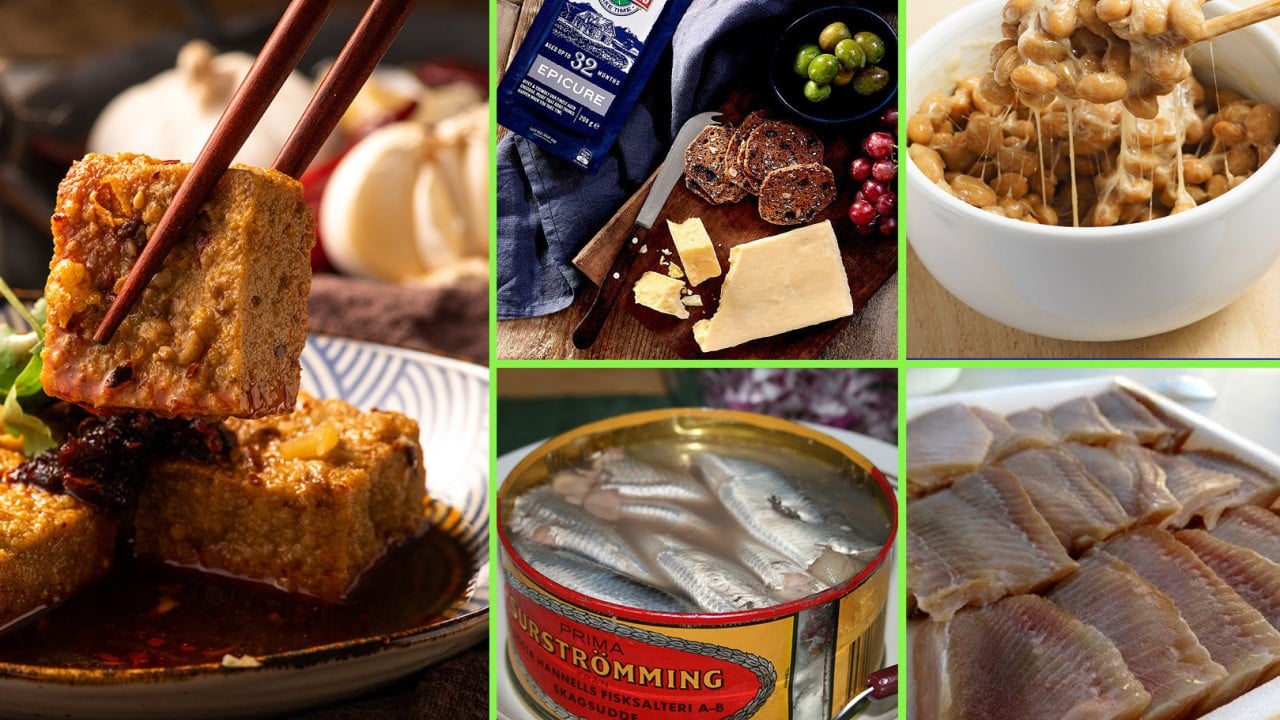The term “stink” might not seem synonymous with fine dining, but some nose-tickling foods are considered delicacies by many. Japanese fermentation expert Takeo Koizumi measures food odour intensity using a device called the alabaster, and introduces the concept of alabaster units, or AU, in his book AU is not an international odour unit, so it is used for reference only. Here, the Post explores the world’s top 10 smelliest foods measured in AUs.
This is a canned, salted and fermented herring which originated in Sweden. Its pungency stems from herring proteins fermented in a low-salt environment, producing intensely odorous compounds. Despite its stink, enthusiasts are drawn to its rich flavour.

A fermented skate fish dish from South Korea, emits an ammonia-like odour. The stench arises from urea within the skate’s body, is described as reminiscent of outdoor toilets. This New Zealand hard cheese typically undergoes a three-year ageing process in wooden barrels.
During this period, the lactobacilli are activated and undergo fermentation, causing the cheese to liquefy and release carbon dioxide and hydrogen sulphide. These gases generate a strong odour. This is a traditional wintertime Inuit food from Greenland and is made of little auks, a type of seabird, fermented in seal skin.
The process involves packing up to 500 whole auks into a seal skin, removing air, sealing with fat and fermenting for three months. The fermented birds are consumed during Arctic winters, ofte.
















